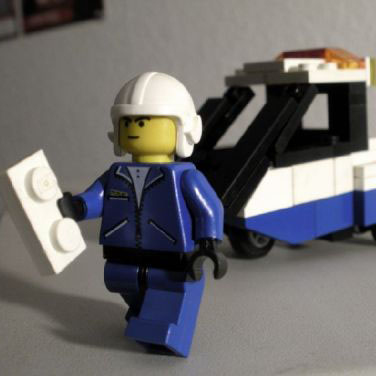
Rndballref
20 Years Experience
Chicago, IL
Male, 60
For twenty years I officiated high school, AAU and park district basketball games, retiring recently. For a few officiating is the focus of their occupation, while for most working as an umpire or basketball referee is an avocation. I started ref'ing to earn beer money during college, but it became a great way to stay connected to the best sports game in the universe. As a spinoff, I wrote a sports-thriller novel loosely based on my referee experiences titled, Advantage Disadvantage
Yes you can in NFHS rules as long as the shot was a legitimate try. If the referee deemed it not to be a legitimate shot it should be called traveling.
No, the points should not be cancelled because the free throw ended "when it is certain the try was unsuccessful". The points were scored after the free throw ended, but before the error was recognized. When you are able to correct an error, "points scored, consumed time and additional activity, which shall occur prior to the recognition of an error shall not be nullified.
After a made basket, or after a timeout after a made basket the team with the ball can pass it from one out of bounds player to another, and then throw it in bounds (along the endline only). Here's the play:
Team B is pressing with no defender on the out of bounds thrower in player A1. A2 is on the other side of the paint but he is guarded by B1. A1 has the ball out of bounds. A2 steps out of bounds leaving the defender B1 no one to guard. A1 passes the ball to A2 who is out of bounds. A1 steps in bounds and receives the pass from A2.
There is no provision in the NFHS rulebook which addresses any foul after the game. Each state has bylaws which might impose penalties for unsportsmanlike conduct outside the auspicies of the on-court officials. The referees' jurisdiction ends after they have validated the score and they leave the confines of the court. If something happened after the end of the game I was officiating I would write an incident report and send it to the state for action or disposal.
Meter Maid
 Is it tough to have a job that consists exclusively of ruining peoples' days?
Is it tough to have a job that consists exclusively of ruining peoples' days?
Forensic Scientist
 When did you know you wanted to work with the dead?
When did you know you wanted to work with the dead?
Birthday Party Clown
 What's the meanest thing a kid ever said to you during a party?
What's the meanest thing a kid ever said to you during a party?
It is not a rule, but rather it is a mechanic perscribed in the NFHS Handbook. It used to be that the trailing referee would hand the ball to the free throw shooter for the first attempt and the lead (on the endline) would administer the rest of the free throws. Maybe ten years ago, it was changed so that the proper mechanic is for the lead official administer all free throws from the baseline. Most referees cannot advance if they do not follow the perscribed mechanics. Most importantly, mechanics set a consistent way of working a game, so that you can easily work with people you have never been assigned with, and secondly, following perscribed mechanics sets a professional expectation for coaches and assignment chairpersons to evaluate (in addition to judgement, hustle, and rules knowledge).
I don't think there is a perscribed rotation as to which referee should put the ball in play. As a practice, after one of my partners called a technical foul I would have him be the official to put the ball in play, thereby putting him opposite of the table and benches.
I think your question is after a technical, is the throw in official the new trail? And the answer is yes. On any sideline throw in, the lead should come to the trail half of the court, making the throw in official the trail.
The referee (as opposed to the other officials) has the responsibility to decide matters upon which the timer and scorekeeper disagree. Furthermore, "the referee shall make decisions on any points not specifically covered in the rulebook."
There is no explicit provision in the rule book to address the situation you describe. So, the referee has to decide what would be consistent with the intent of the rulebook.
-OR-
 Login with Facebook
Login with Facebook (max 20 characters - letters, numbers, and underscores only. Note that your username is private, and you have the option to choose an alias when asking questions or hosting a Q&A.)
(A valid e-mail address is required. Your e-mail will not be shared with anyone.)
(min 5 characters)
By checking this box, you acknowledge that you have read and agree to Jobstr.com’s Terms and Privacy Policy.
-OR-
 Register with Facebook
Register with Facebook(Don't worry: you'll be able to choose an alias when asking questions or hosting a Q&A.)